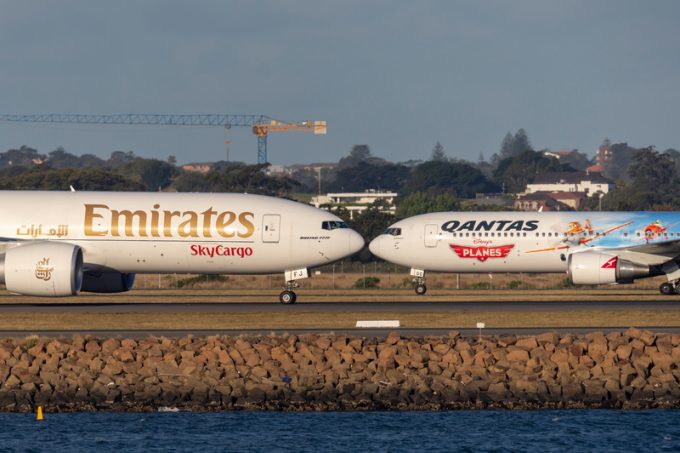A Spirited disaster
The perils of transport infrastructure

Subsidies are continuing to prop up Australasian air cargo markets – but capacity challenges remain for importers and exporters.
In Australia, the International Freight Assistance Mechanism (IFAM) is due to end in September, but forwarders are warning of potential fallout if subsidies aren’t extended.
The International Forwarders ...

Comment on this article